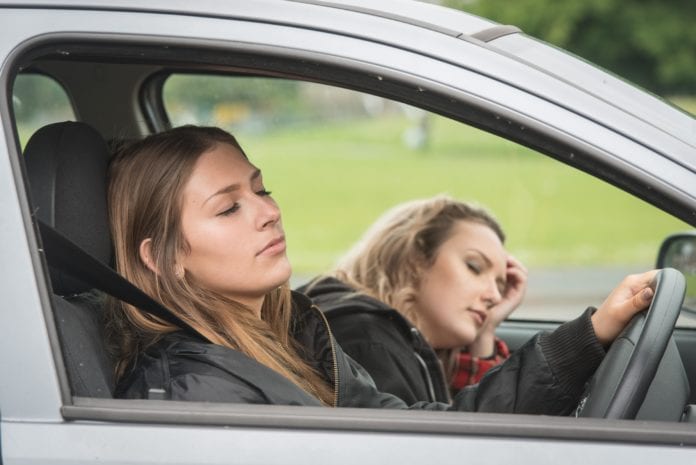Driver fatigue is reckoned to be a bigger contributor to injury and death on the roads than drug driving. Around 20% of collisions are thought to be fatigue-related, and up to a quarter of fatal and serious accidents.
Fall asleep at the wheel, and you won’t brake or steer away from danger. You’ll go on to hit something – another car, a brick wall, or maybe a pedestrian – without slowing down at all. It only takes a moment. If driver fatigue causes you to nod off on the motorway for just six seconds, you’ll have traveled nearly 200 metres.
It’s not just falling asleep completely that can cause an accident. If driver fatigue makes you drowsy, you’ll make worse decisions and will react more slowly to hazards. Some studies suggest driving while tired is as bad as driving while just over the drink-drive limit.
You wouldn’t drive drunk, so why drive tired?
A quick coffee or energy drink might wake you up for a while but when the effect wears off you’ll end up feeling more tired than you did before.
So if you are really tired, the safest thing you can do is to stop and rest. A nap of around 10-20 minutes should help.
Better to arrive late than to not arrive at all.
Six ways to beat driver fatigue
- Get a good night’s rest before a long journey.
- Avoid alcohol. Even if it is clear of your system by the time you drive it reduces the quality of sleep. If it’s still in your system the combination of driver fatigue and drink can be deadly.
- Take regular breaks. Stop for a breather every two hours to help you stay alert.
- Share the driving. Short-term insurance from companies like Cuvva.com, Dayinsure.com, and Veygo.com make it easy to arrange quick cover so a mate can take a turn behind the wheel.
- Don’t drive late at night or in the early hours of the morning when you are likely to feel fatigued and sleepy.



